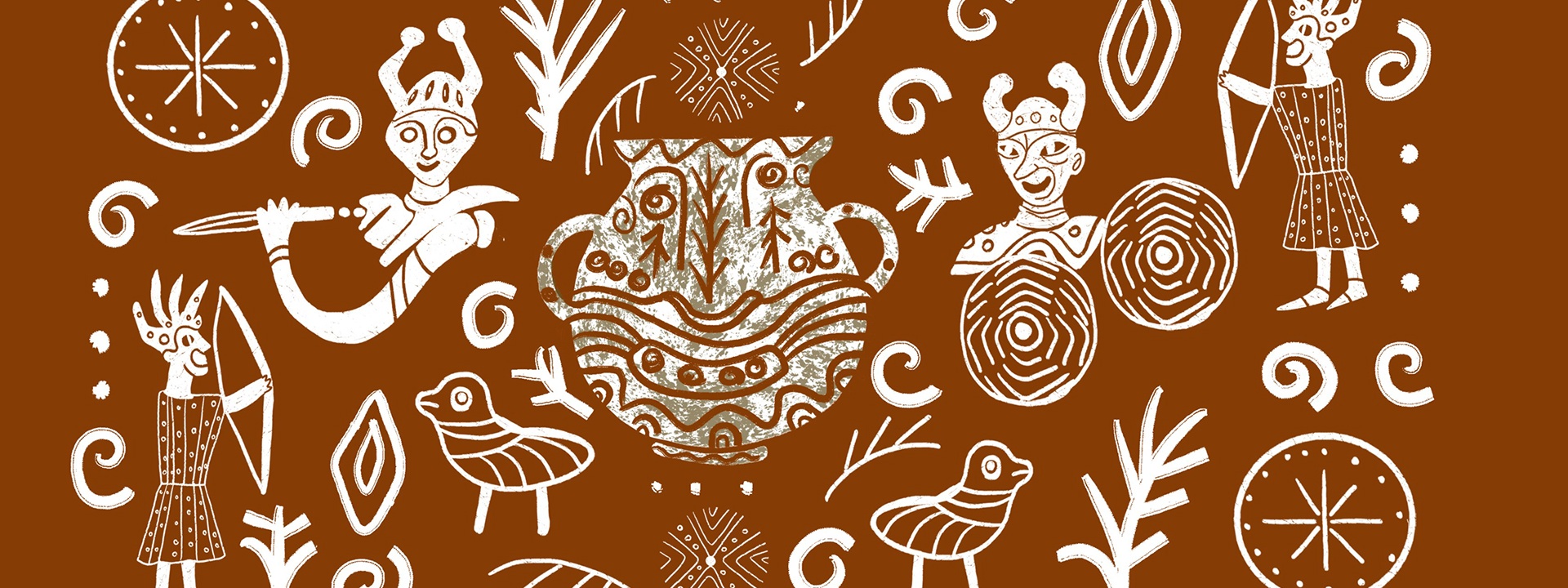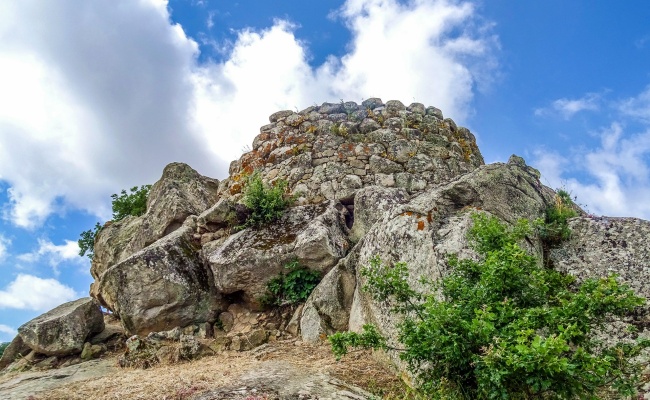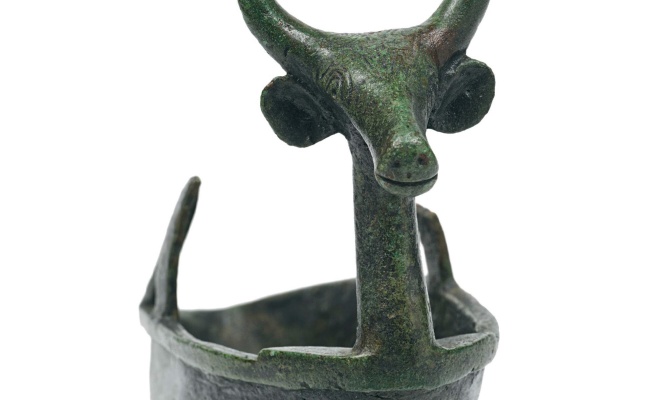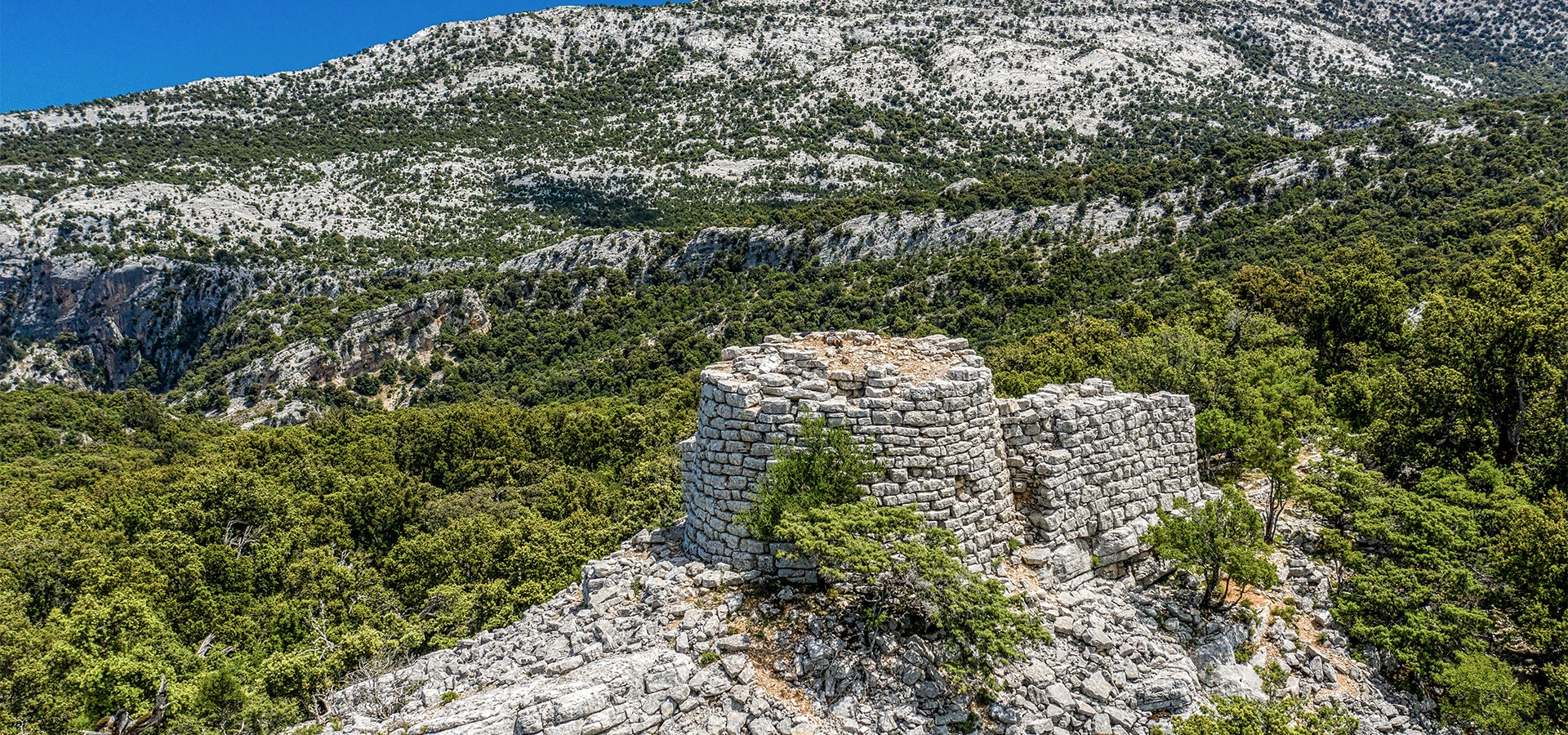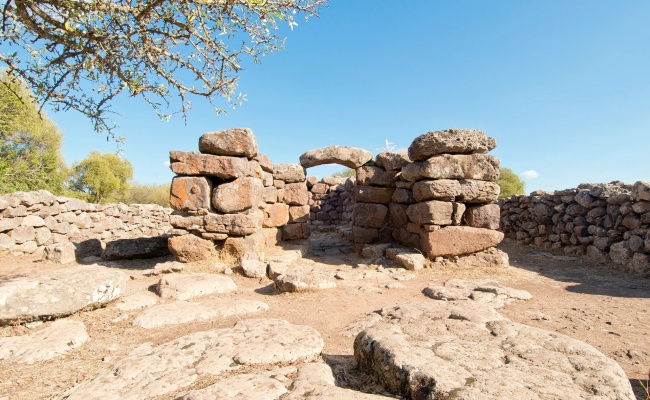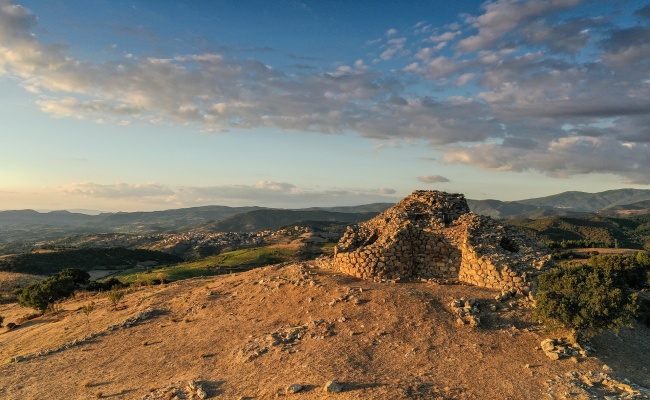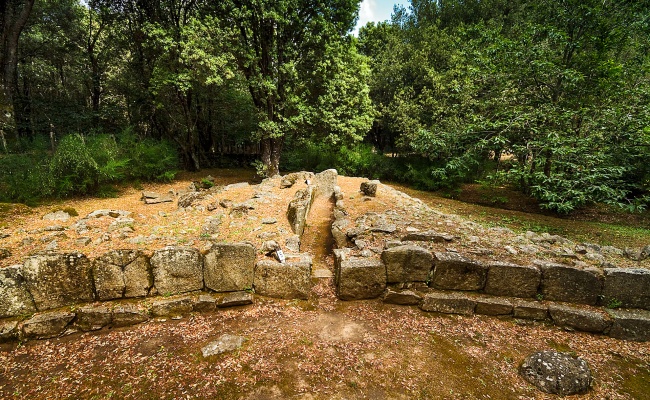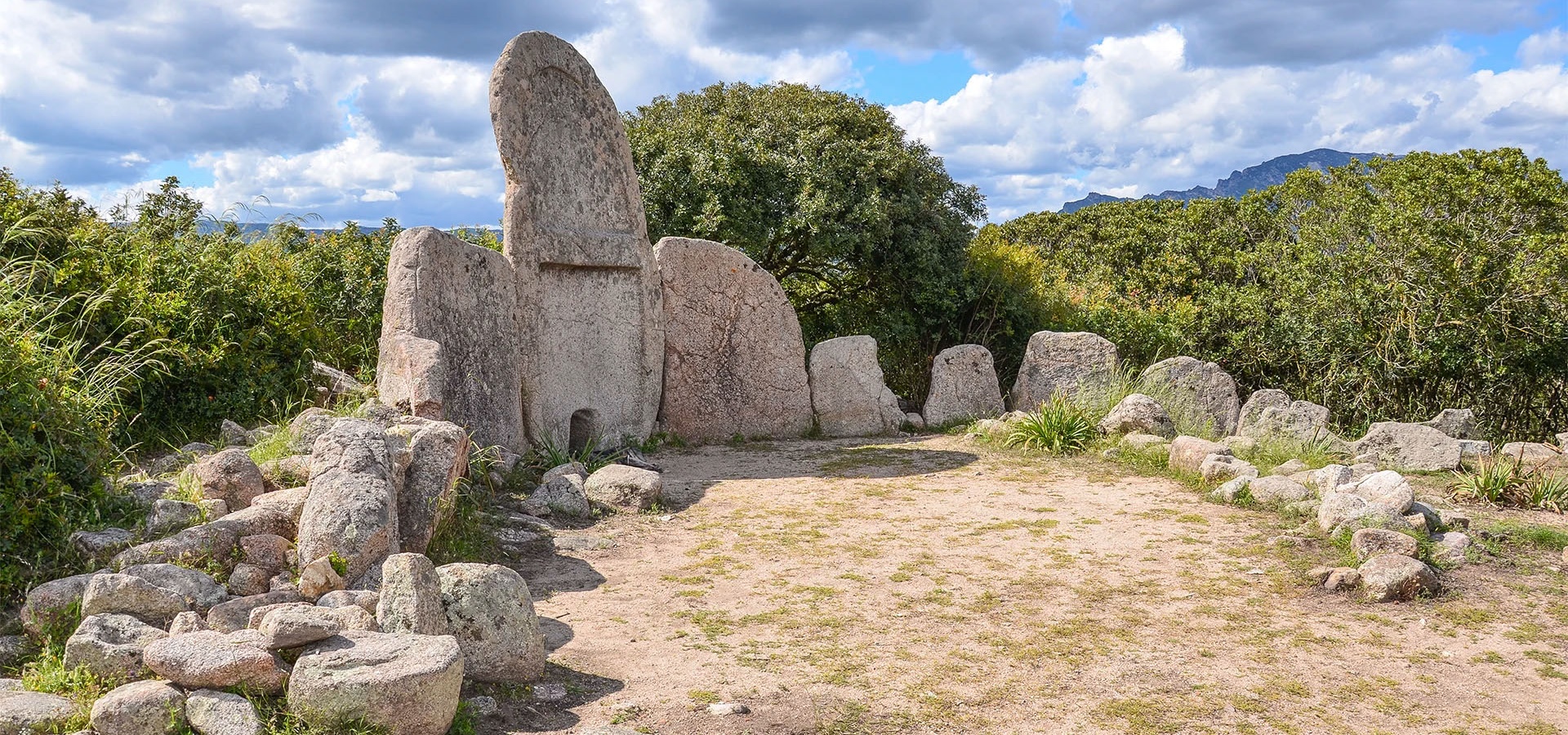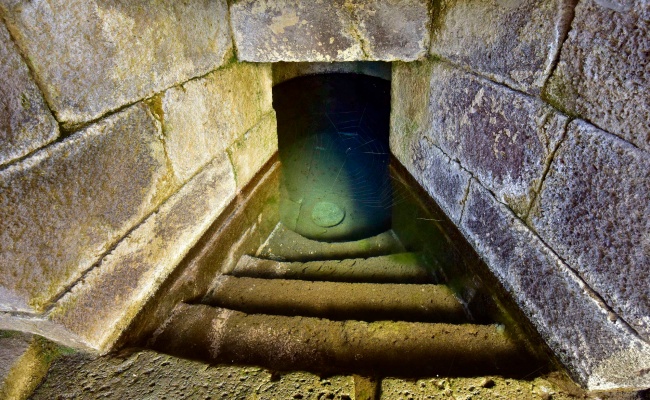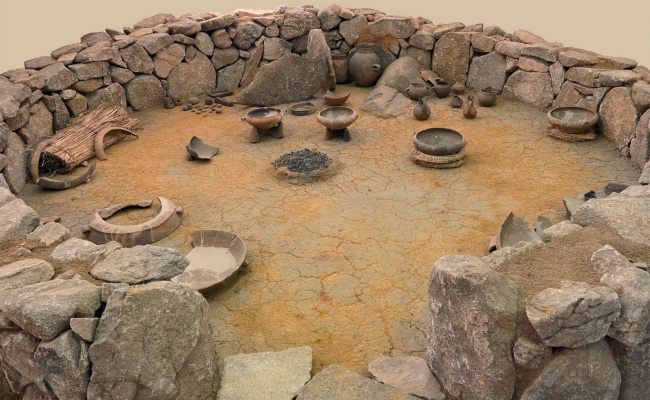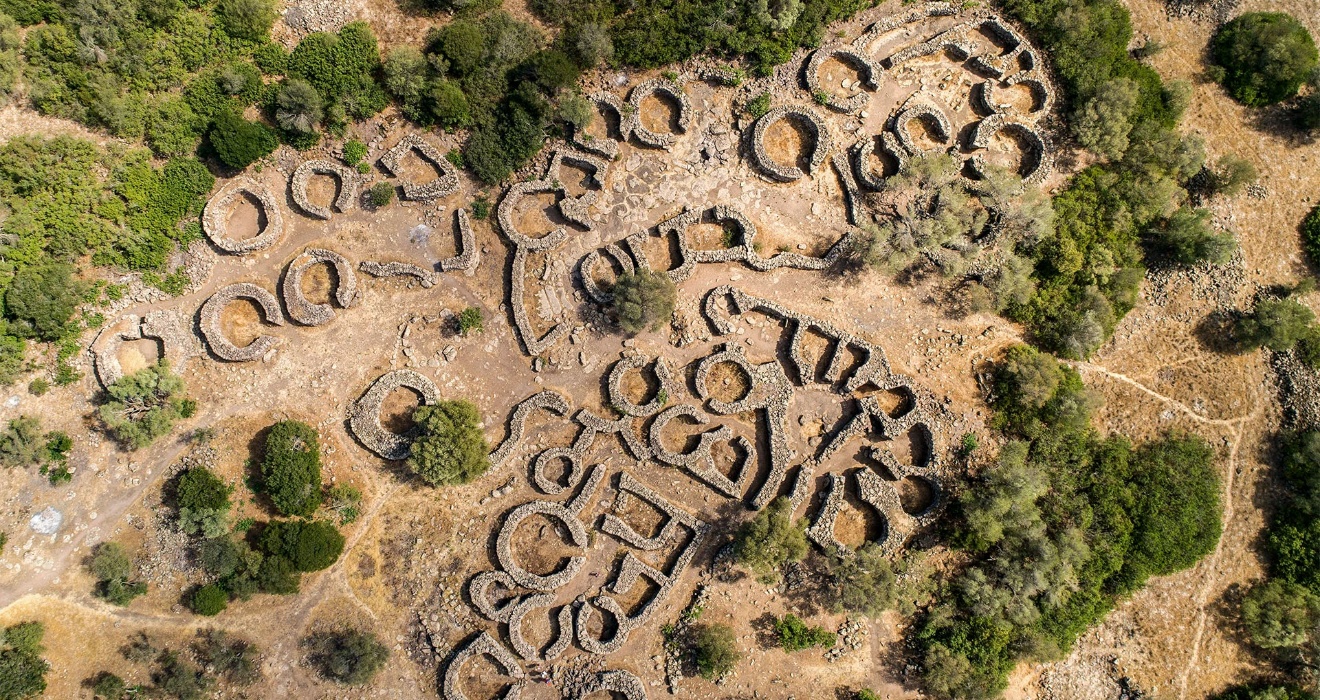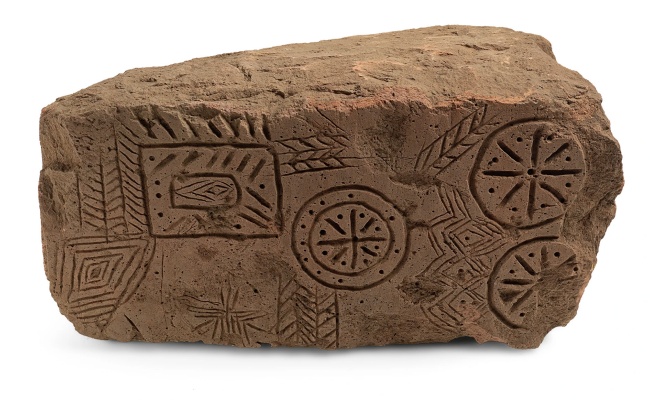Although the origin of nuraghic culture remains unclear, the political and social picture of Sardinia between 1700 and 1600 BCE is atypical and unlike that of contemporary prehistoric communities. The construction of large architectural structures and technological progress with the resulting social development are factors that, added to the island’s rich mineral resources and its fortunate position in the Mediterranean Sea, inevitably led to the flourishing of a complex, long-lasting culture.
The Age of Nuraghs
Description
A culture, indeed, some scholars call it a civilisation, that built a whole series of buildings, the nuraghs, over the course of about one thousand years, structures that are still today the subject of lively debate over their function and use.
One thing, however, is certain: right from the beginning, nuraghic culture, well-inserted into a network of relationships and contacts with other populations engaged in exploration and trade, prospered, developing into a society with an internal hierarchy, division of labour and social structure, and, remarkably for the time, progressed in the area of metallurgy, becoming part of the international production, circulation and exchange of metals.
But now we come to the monumental structure that gives this ancient culture its name: the nuragh.
Essentially towers constructed out of large (sometimes finely finished) blocks of stone, there are more than 7,000 of them in Sardinia.
The rooms inside are often stacked and topped with a ‘false dome’, called a ‘tholos’ by archaeologists.
Some nuraghs are just a single tower, others are more complex, with a central tower and others arranged around it.
In some cases, huts villages were built around the nuraghs.
More rarely, villages were built without nuraghs, one example being the Serra Orrios archaeological complex at Oliena.
The Nuoro region is home to a number of iconic nuraghs, their importance deriving from construction technique, state of preservation, location and reintegration of materials and examples including the Nuraghe Nolza, the Tiscali, Noddule and Romanzesu archaeological complexes and Tanca Manna.
But the nuragh is not the only monument that distinguishes the nuraghic age.
We also find the Giants’ Tomb, its name deriving from popular tradition in reference to its colossal size and the best-known tomb type from the nuraghic age.
In its canonical form, this collective tomb comprises a long corridor, with the function of a tomb chamber, and an exedra, two walls set in a semicircle in the facade, in the middle of which there is a large stela with a small opening at the base.
Given the size of this opening, it would have been of symbolic value, linking the world of the living with that of the dead.
The area reserved for the living and funerary rites, where the community gathered to commemorate the cult of ancestors and leave offerings, was protected by the curved shape of the exedra.
Two of the most famous Giants’ Tombs in the Nuoro region are in Madau and S’Ena e Thomes.
We also find cult sites like wells, sacred springs and ‘megaron’ temples, the refinement and technical perfection of which make them the structures most emblematic of Sardinian proto-historical sacred architecture.
The most representative of these types in the Nuoro region are the Su Tempiesu sacred spring, Noddule and Su Notante.
Lastly, the nuraghic social model changed considerably during the culture’s various phases between the Bronze Age to the Iron Age. As it progressed, village-like groupings of houses and community cult buildings came to be of particular importance in nuraghic architecture.
The villages from this period were made up of circular buildings and rooms of various shape, gravitating around a central courtyard, that formed blocks and were sometimes built on top of the abandoned structures of previous nuraghic towers, occupying their courtyards or creating new living spaces above the collapsed levels from the previous period.
Although we do not have, to date, any written texts from the nuraghic period, the monuments described above, along with archaeological finds like pottery, weapons, jewellery and statues, can give us some idea of their complex culture.
And one can easily say that the legacy of nuraghic culture in Sardinia has had a long reach, influencing the island’s culture up to our own time.
 Nuorese Cultural District
Nuorese Cultural District